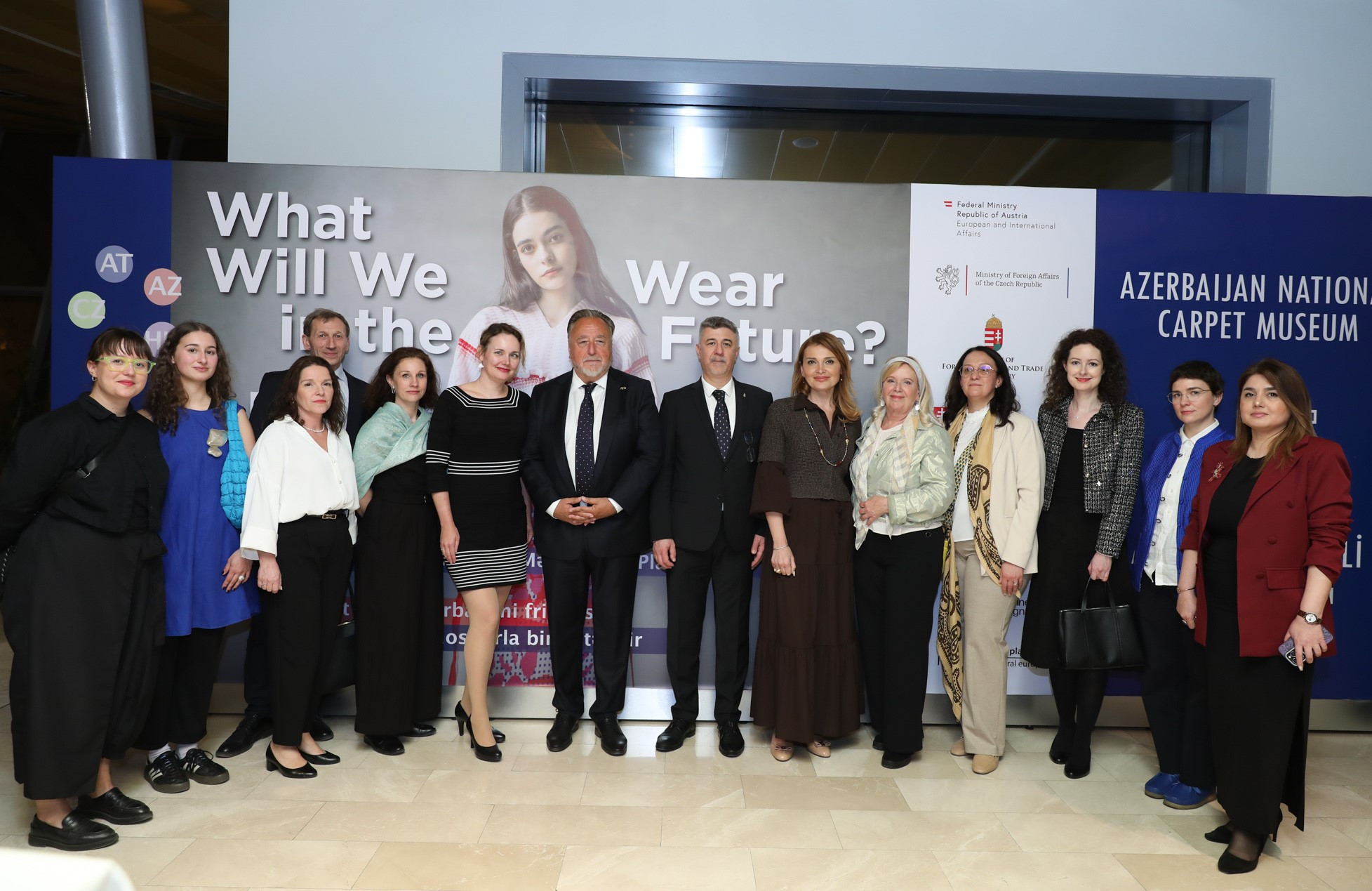Restoration of the textile belonging to the 3rd ‒ 5th centuries
Natalia Sinitsina, Head of the Leather and Archaeological Textile Restoration Department of All-Russian Art Restoration Scientific Center named after I.E. Grabar, came to Baku at the invitation of Shirin Melikova, Museum Director. At the Azerbaijan Carpet Museum, Natalia Sinitsina restored the textile fragments, supposedly belong to 3rd ‒ 5th centuries, to the period of Caucasian Albania. According to Natalia Sinitsina, these are very valuable findings. “The textile fragments are very important for archaeologists in terms of studying burial traditions and ceremonies in Azerbaijan of that period. The study of the structural and technological aspects of textile fragments is very favorable with regard to the history of that period,” says the well-known Russian restorer and artist on leather products and textile.
We recall that the ancient graves were discovered in the area near Demirchiler village during the construction of Demirchi-Lahij highway in Shamakhi region. During the excavations, two swords and metal pieces were found at the top of one of the graves. It is assumed that the remains of textile found on this metal are wool and felt.
According to experts, the research of these textile fragments is very important with regard to the study of the production of various types of textile in Azerbaijan. These findings are also essential for studying the history of Dyeing Art in Azerbaijan. At the same time, there are few such rare samples in the Azerbaijani museums, and these findings are also important from the historical and scientific point of view.















